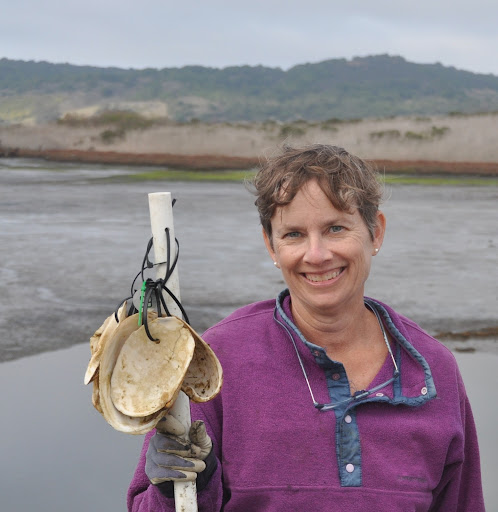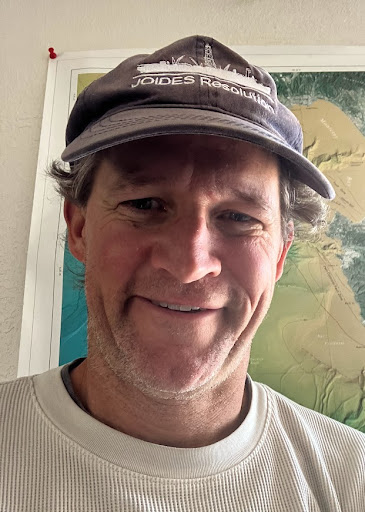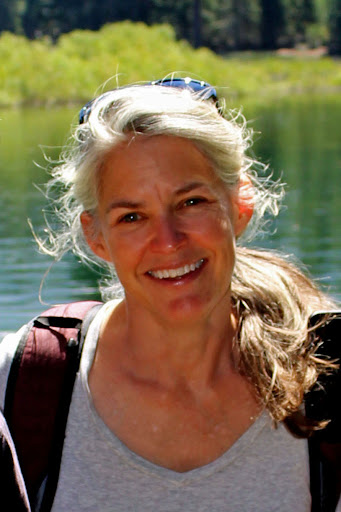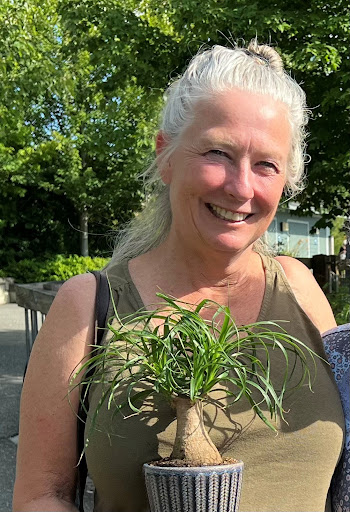- Watch: Full Session Recording (YouTube)
- Explore: Webinar Summary Resources
Estuaries are coastal gems. To protect and restore them, we need a clear understanding of exactly where they are, where they were, and where they could be in the future. A team led by the National Estuarine Research Reserves (NERRs) recently completed an ambitious effort to map estuarine habitat in and around the 30 NERRs. They used a powerful combination of NOAA resources for elevation and tidal datums to map the reach of tides, historical topographic sheets generated by NOAA’s predecessor agency to map past habitat distributions, and compared this to mapping from USFWS’s National Wetland Inventory (NWI).
Elevation-based mapping revealed that estuary extent is greater than currently mapped in NWI. At more than two-thirds of the Reserves, the team detected tidal forests missed by NWI. Comparison of historical maps to NWI revealed dramatically greater loss of tidal wetland extent on the Pacific coast than in other regions. The results of this investigation suggest that multiple mapping methods complement each other and should be integrated to provide a more accurate understanding of estuaries—past, present and future.
Project Lead
- Kerstin Wasson, Research Coordinator, Elkhorn Slough NERR
Technical Leads
- Andrea Woolfolk, Stewardship Coordinator, Elkhorn Slough NERR
- Charlie Endris, GIS Specialist, Moss Landing Marine Laboratories
- Suzanne Shull, GIS Specialist, Padilla Bay NERR
Collaborative Lead
- Dan Brumbaugh, Coastal Training Program Coordinator, Elkhorn Slough NERR
Technical and Collaborative Advisor
- Laura Brophy, Estuary Technical Group Director, Institute for Applied Ecology
Speakers:
 | Kerstin Wasson, Elkhorn Slough NERR Kerstin is passionate about science-based conservation and restoration of estuaries, and complements local-placed based work in coastal California with syntheses across the national estuarine reserve system. She coordinated this project. |
 | Charlie Endris, Moss Landing Marine Laboratories Charlie has worked as a GIS and remote sensing specialist for more than 15 years. He has focused on using digital elevation models, orthoimagery, and historical T-sheets to characterize habitat change and model projected sea level rise along coastal California. Charlie used NOAA datasets to create elevation-based models depicting maximum |
 | Andrea Woolfolk, Elkhorn Slough NERR Andrea has been working on coastal ecology and land management in the Elkhorn Slough area since 1994. At the Reserve, she focuses on upland habitat management, and she particularly loves working with others to restore native grasses and wildflowers where she can. She has a deeply nerdy interest in historical ecology, and she helped map historical habitats from T-sheets for this project. |
 | Suzanne Shull, Padilla Bay NERR Suzanne has been providing nearshore geospatial data, products, and support to the Padilla Bay Reserve for 25 years. She was involved with the conversion of the historical maps to GIS map layers, comparing that to habitat maps of more current conditions (primarily NWI data), analyzing change between the two and posting the maps to ArcGIS Online. |